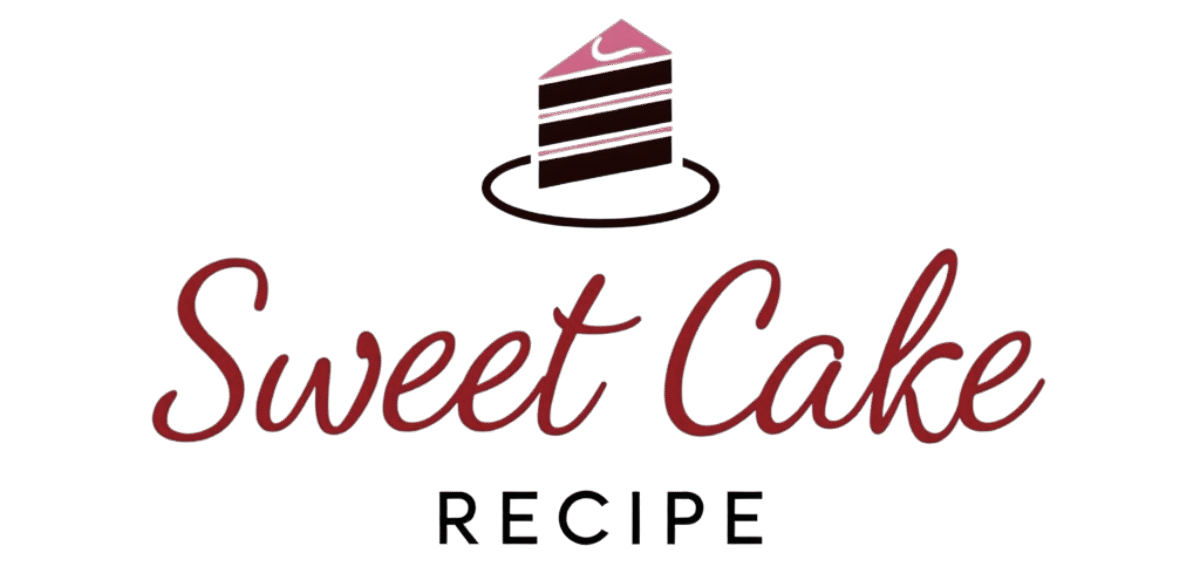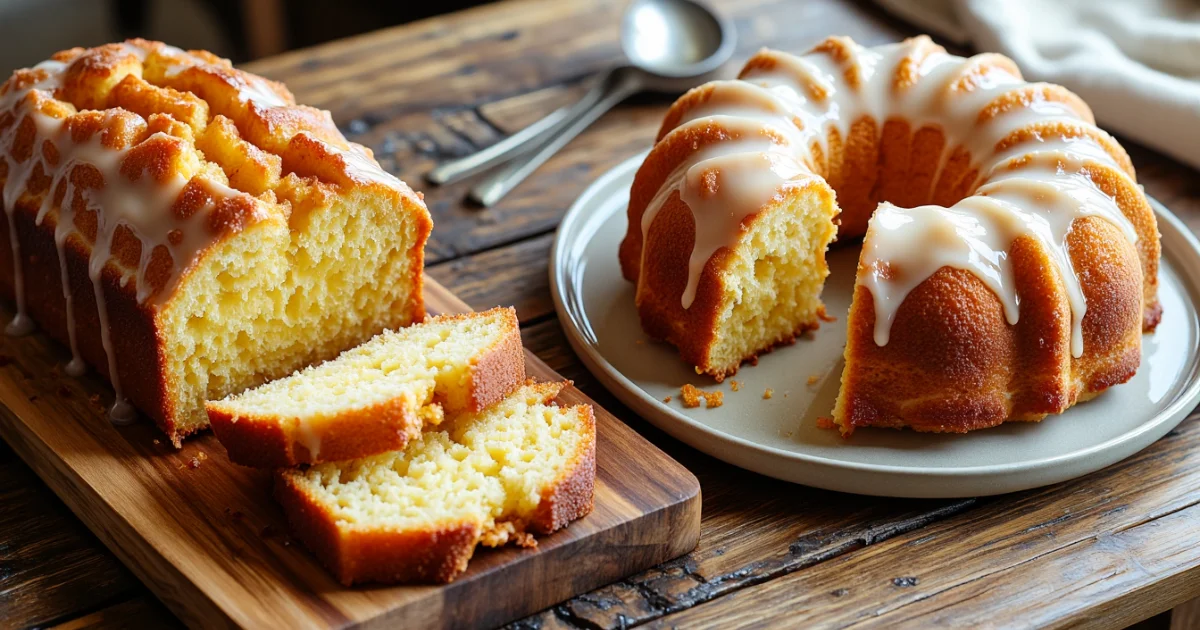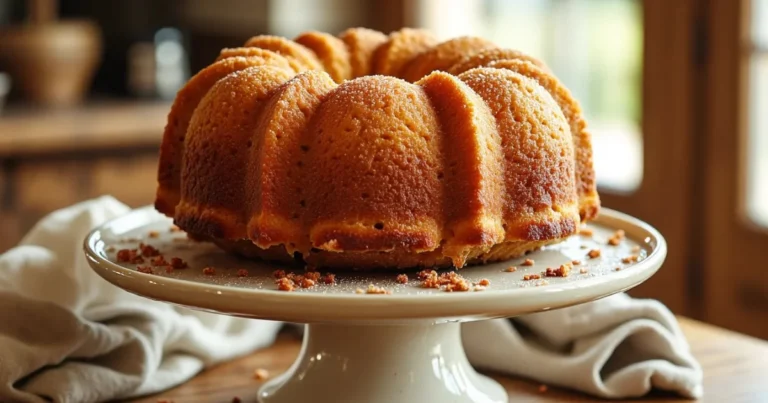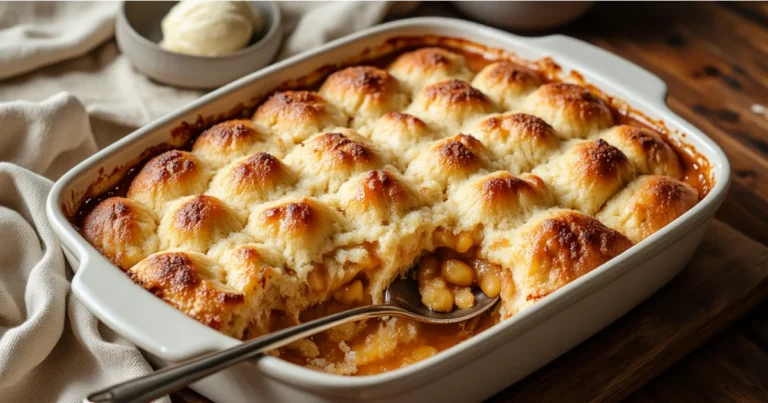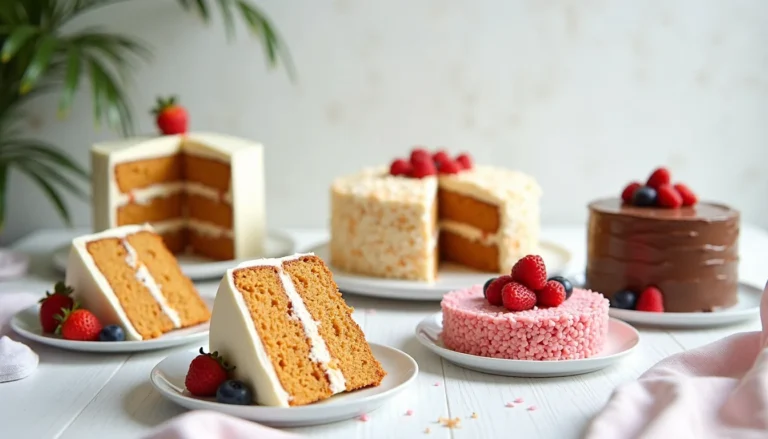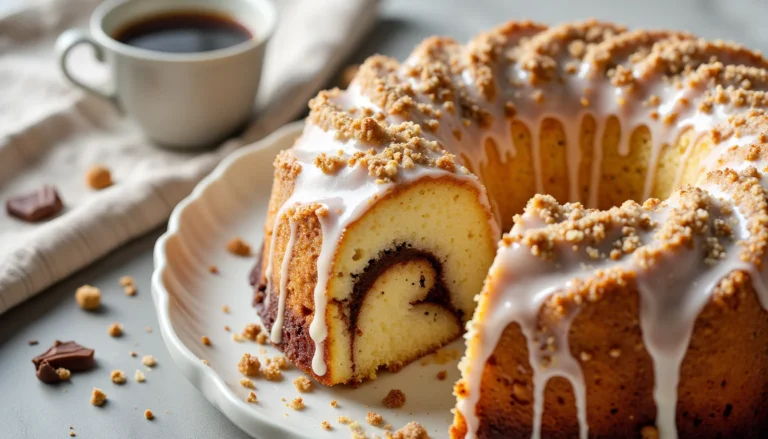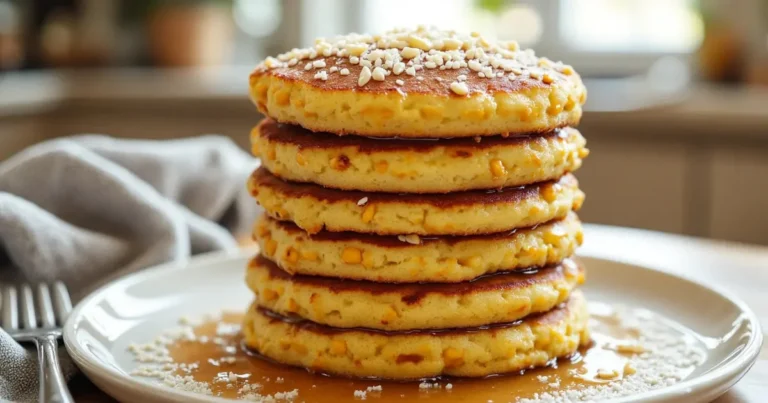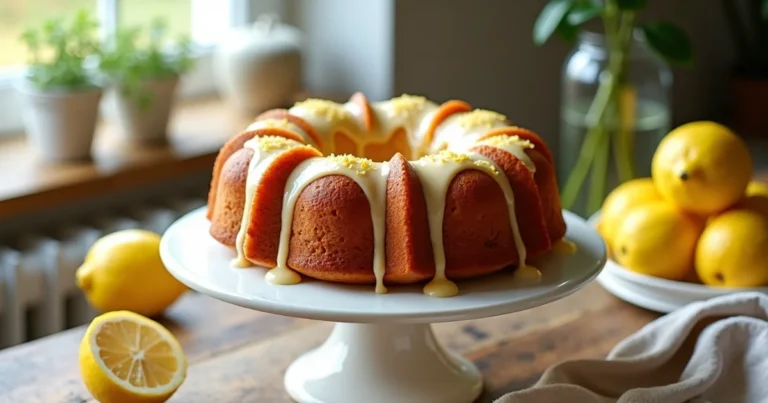Pound Cake vs Bundt Cake: What’s Actually the Difference?
Ever pulled a golden, ring‑shaped cake from the oven and wondered whether to call it a Bundt or a pound cake? You’re not alone. At first glance they can look almost identical, yet the real difference is baked into two simple ideas: pound cake is defined by its recipe, while a Bundt cake is defined by its pan.
Before we get started, bookmark our cornerstone guide , The Ultimate Bundt Cake Recipe Hub , for detailed tutorials on pan prep, glaze ideas, and a library of tested recipes that pair perfectly with the tips in this article.
This post clears up every point of confusion. You’ll trace the origin of the pound‑for‑pound formula that gave pound cake its name, learn why a fluted pan turns almost any sturdy batter into a Bundt, and get quick answers to the questions bakers search every day. By the end, you’ll know exactly which cake to choose, and why, for your next celebration or coffee break.
At a Glance: Pound Cake vs Bundt Cake
| Feature | Pound Cake | Bundt Cake |
|---|---|---|
| Defining trait | Identified by its historic “one‑pound of each” formula of butter, sugar, eggs, and flour | Identified by the fluted ring pan; almost any sturdy batter becomes a Bundt when baked in this shape |
| Traditional ingredients | Formula rarely strays far from the four core ingredients, though modern versions add vanilla, citrus, or leaveners for lift | Ingredient list is wide‑open; many recipes include sour cream, yogurt, or buttermilk for extra moisture |
| Texture | Dense, buttery, velvety crumb that slices cleanly and stays rich | Lighter, ultra‑moist crumb with nooks that invite glazes to seep in |
| Typical pan shape | Traditionally baked in a loaf or simple tube pan, though it can be baked in a Bundt pan for a hybrid look | Always baked in a decorative Bundt pan with a central tube for even heat circulation |
| Best for… | Elegant simplicity; serves as a blank canvas for fruit, whipped cream, or light glazes | Show‑stopping presentation with minimal decorating effort; ideal for holidays, celebrations, or potlucks |
What Is a Pound Cake? (Recipe First, Pan Second)
The Classic Pound‑for‑Pound Rule
The earliest recipes called for one pound of butter, sugar, eggs and flour – a simple 1‑1‑1‑1 ratio that produces a thick batter and a tight, velvety crumb. That fixed formula is why the cake is named “pound,” and it is still the benchmark against which modern versions are measured.
Flavor and Mouthfeel
A good pound cake slices clean, feels almost fudge‑like on the palate and carries a deep, buttery richness. The crust bakes up with a slight crackle, while the interior stays moist enough to partner effortlessly with berries, whipped cream or a quick lemon glaze.
Modern Updates
Most contemporary recipes keep the spirit of the original while lightening the bite a little:
- A splash of vanilla or almond extract for aroma.
- Citrus zest or juice to cut the richness.
- A small amount of baking powder – or whipped egg whites – for a gentler lift.
- Tangy add‑ins like sour cream, buttermilk or cream cheese to tenderise the crumb.
Picking a Pan
Traditionally the batter goes into a loaf or straight‑sided tube pan, but plenty of bakers pour it into a fluted Bundt mould for a hybrid look. No matter the pan, what makes the cake a pound cake is the ingredient ratio, not the shape.
Why Bakers Keep Coming Back
- Travel‑friendly: Dense structure resists crumbling on the road.
- Flavor sponge: The plain crumb eagerly soaks up syrups or liqueur.
- All‑season: Equally welcome on a holiday buffet or sliced thick beside morning coffee.
What Is a Bundt Cake? (Pan First, Recipe Second)
It’s All About the Pan
A Bundt cake is defined by its mold, not its batter. The pan is always a ring with fluted or sculpted sides and a hollow center tube. That tube pulls heat through the middle, so even thick batters bake evenly and release a darker, caramel‑flavored crust on every ridge.
A Brief History of the Bundt Pan
The name traces to the German word bund, meaning a gathering or group. Minneapolis‑based Nordic Ware borrowed the term when it launched a cast‑aluminum “Bundt” pan in the mid‑1950s and trademarked it. Sales exploded after home baker Ella Helfrich’s Tunnel of Fudge Cake won second place at the 1966 Pillsbury Bake‑Off, turning the pan—and the cake—into an American staple.
How the Shape Changes the Bake
Because so much batter contacts the metal, Bundt cakes need extra moisture to stay tender; ingredients like sour cream or yogurt are common insurance. The ornate walls create instant presentation but also many nooks that love to grip cake, so a thorough coat of flour‑based spray or homemade “cake goop” is essential before every bake.
Ingredient Freedom and Flavor Range
Unlike pound cake’s strict one‑pound formula, a Bundt welcomes almost any sturdy batter—chocolate, lemon, pumpkin spice, even boxed mix upgrades—so long as it can hold the pan’s shape. Very light batters such as chiffon or angel‑food collapse or stick, so save those for straight‑sided tube pans.
Why Bakers Reach for a Bundt
- Showstopper with zero piping: the pan’s design delivers built‑in drama; a simple glaze is all the décor you need.
- Even slices for a crowd: the central hole guides portioning and shortens bake time.
- Versatile occasions: from holiday potlucks to weekday coffee breaks, a Bundt looks special without extra work.
Armed with pan prep know‑how and flavor freedom, you can turn almost any hearty cake recipe into a Bundt that releases cleanly, stays moist, and steals the dessert table spotlight.
Pound Cake vs Bundt Cake: Key Differences In‑Depth
Ingredients: Strict Ratio vs Open Season
- Pound cake stays close to its origins, built on equal weights of butter, sugar, eggs and flour. Modern bakers add small extras such as vanilla, citrus or a pinch of leavening, but that core 1‑1‑1‑1 foundation keeps the crumb dense and buttery.
- Bundt cake follows the pan, not a formula. Any sturdy batter works, and most recipes rely on moisture boosters like sour cream, yogurt or buttermilk so the cake stays tender while holding the pan’s curves.
Texture & Crumb: Dense vs Tender
- A classic pound cake slices clean with a tight, velvety crumb and a subtle crunch on the exterior. It is rich enough to stand up to whipped cream or fruit without falling apart.
- Bundt cakes bake all the way around a center tube, so they finish lighter, with a moist, airy crumb that welcomes glazes seeping into each ridge. The design also encourages a deeper golden crust.
Presentation: Blank Canvas vs Built‑In Beauty
- Pound cake’s simple loaf or tube shape makes it a blank canvas for toppings. A light dusting of sugar, a spoon of lemon curd or a drizzle of syrup dresses it up without distraction.
- Bundt cakes emerge from the pan already decorated. Intricate flutes and swirls turn a basic batter into a centerpiece; a single pour of glaze is often all the finishing needed.
With ingredients, texture and looks compared side by side, the choice comes down to whether you crave the buttery heft of tradition or the show‑stopping curves of a pan that does the decorating for you.
Baker’s Tips & Troubleshooting
How to Grease a Bundt Pan Perfectly (So It Never Sticks)
- Make “cake goop.” Whisk 1 part softened butter (or shortening) + 1 part neutral oil + 1 part all‑purpose flour until smooth.
- Brush, don’t spray. Use a pastry brush to work the goop into every crease of the pan. Sprays can bead and miss sharp edges.
- Coat just before filling. Grease the pan right before you pour in the batter so the fat doesn’t slide down the walls.
- Cooling timing matters. After baking, cool on a rack for exactly 10 minutes before flipping. Shorter—cake is too fragile. Longer—sugars set and glue the crumb to the metal.
My Pound Cake Is Too Dry or Dense—What Went Wrong?
| Issue | Fix |
|---|---|
| Over‑mixing develops gluten. | Stop mixing as soon as flour disappears. |
| Oven too hot dries the crust before the center sets. | Bake at 325 °F (165 °C) and use an oven thermometer to verify. |
| Wrong fat‑to‑liquid ratio. | Add 2–3 tablespoons sour cream or full‑fat yogurt for moisture without thinning the batter. |
| Under‑creamed butter and sugar means less air. | Cream until the mixture turns pale and looks fluffy—3–4 minutes with a stand mixer. |
The Secret to a Moist Crumb in a Bundt Cake
- Swap half the butter for oil. Oil stays liquid at room temp, keeping the crumb soft for days.
- Add an acid. ¼ cup sour cream, buttermilk, or Greek yogurt tenderizes gluten and deepens flavor.
- Use brown sugar for 25 % of the total. The molasses attracts moisture and adds subtle caramel notes.
- Don’t overbake. Begin testing 5 minutes before the recipe’s earliest time; pull the cake when a skewer shows just a few moist crumbs.
The Ultimate Cake Flip (Clean Release Every Time)
- Loosen the edges. Run a thin offset spatula between cake and pan while it’s still warm.
- Invert onto a wire rack. Place the rack over the pan, grip both firmly, and flip in one smooth motion.
- Gentle taps. Tap the inverted pan’s base with a wooden spoon to coax the cake out.
- Steam assist (if needed). If it resists, lay a damp kitchen towel over the inverted pan for 5 minutes—the steam releases stubborn spots.
Answering Your Top Questions (FAQ)
Pound Cake or Bundt Cake: Which Should You Bake?
Choose a Pound Cake if you want…
- A rich, buttery crumb that slices cleanly and stays moist for days.
- A blank canvas for toppings like macerated berries, whipped cream, or a citrus glaze.
- A dessert that travels well, thanks to its dense structure.
Choose a Bundt Cake if you want…
- Instant wow‑factor from the pan’s sculpted ridges and central ring.
- Even baking on thicker batters, thanks to the tube that channels heat through the middle.
- Minimal decorating effort – one quick pour of glaze is usually all it needs.
Quick tip: If you are serving a crowd and presentation matters, reach for the Bundt pan. If you need a sturdier slice that can handle transport or heavy toppings, start with a classic pound cake.
Ready for real‑world inspiration? Next we will share our tested recipe picks for each style.
Our Favorite Recipes to Get You Started
Bundt Cake Picks
- Chocolate Fudge Bundt Cake – dark, moist crumb finished with a shiny ganache.
- Easy Pumpkin Bundt Cake – boxed‑mix shortcut boosted with real pumpkin and optional cream‑cheese filling.
- Mini Bundt Cakes – bite‑size versions that bake quickly and glaze beautifully.
Pound Cake Picks
- Best Moist 7‑Up Pound Cake – citrus lift from soda and a tender crumb from a cake‑mix base.
- Million‑Dollar Pound Cake – classic Southern showpiece with a dense, buttery bite.
- Black Southern Pound Cake – cream‑cheese enriched batter baked low and slow for maximum richness.
Elevate Your Bundt Baking
Already know which cake you will bake first?
For step‑by‑step pan prep, 10 foolproof glaze recipes, and our full library of tested Bundt bakes, head to our cornerstone guide: The Ultimate Bundt Cake Recipe Hub.
